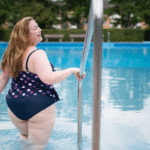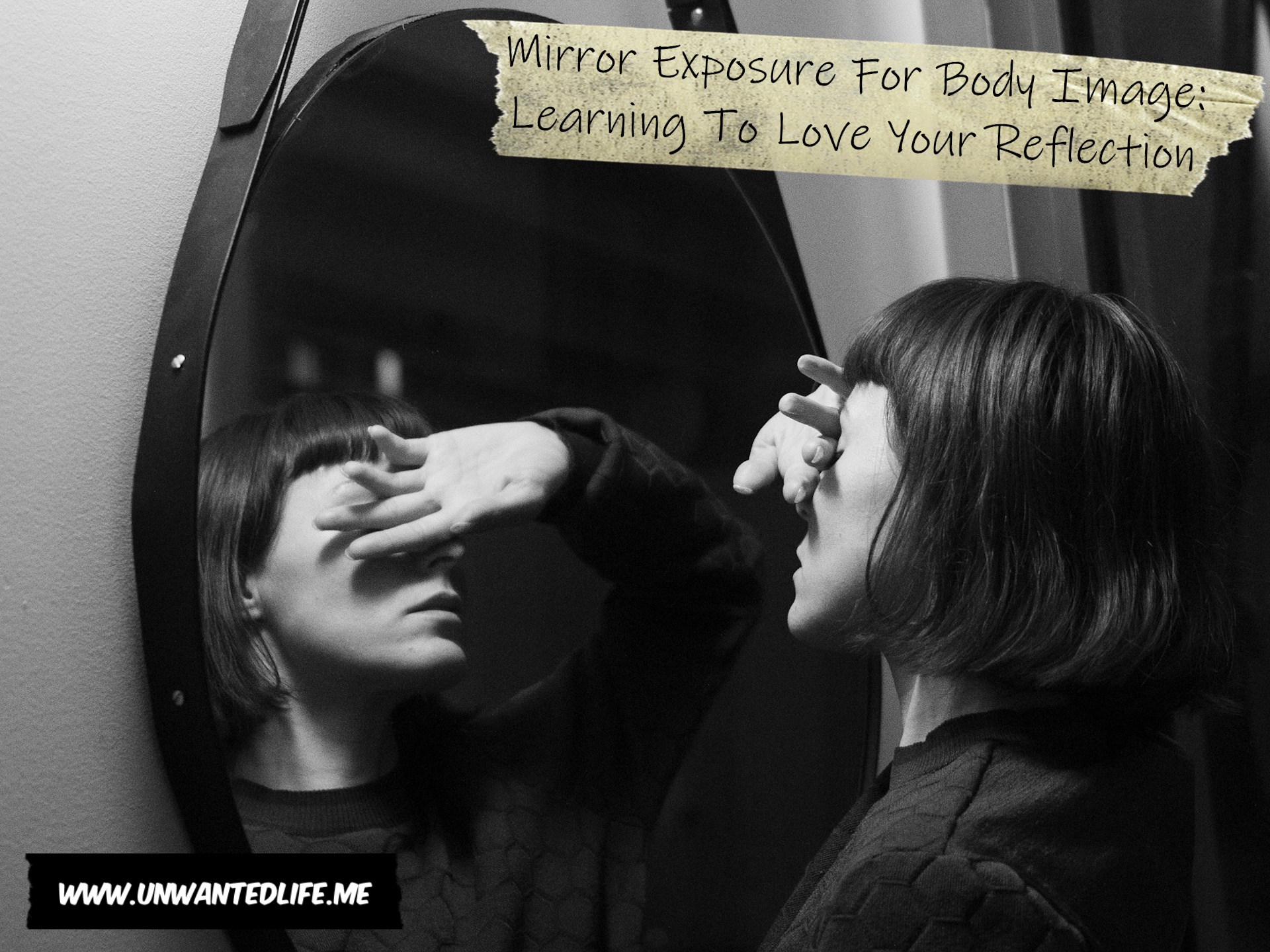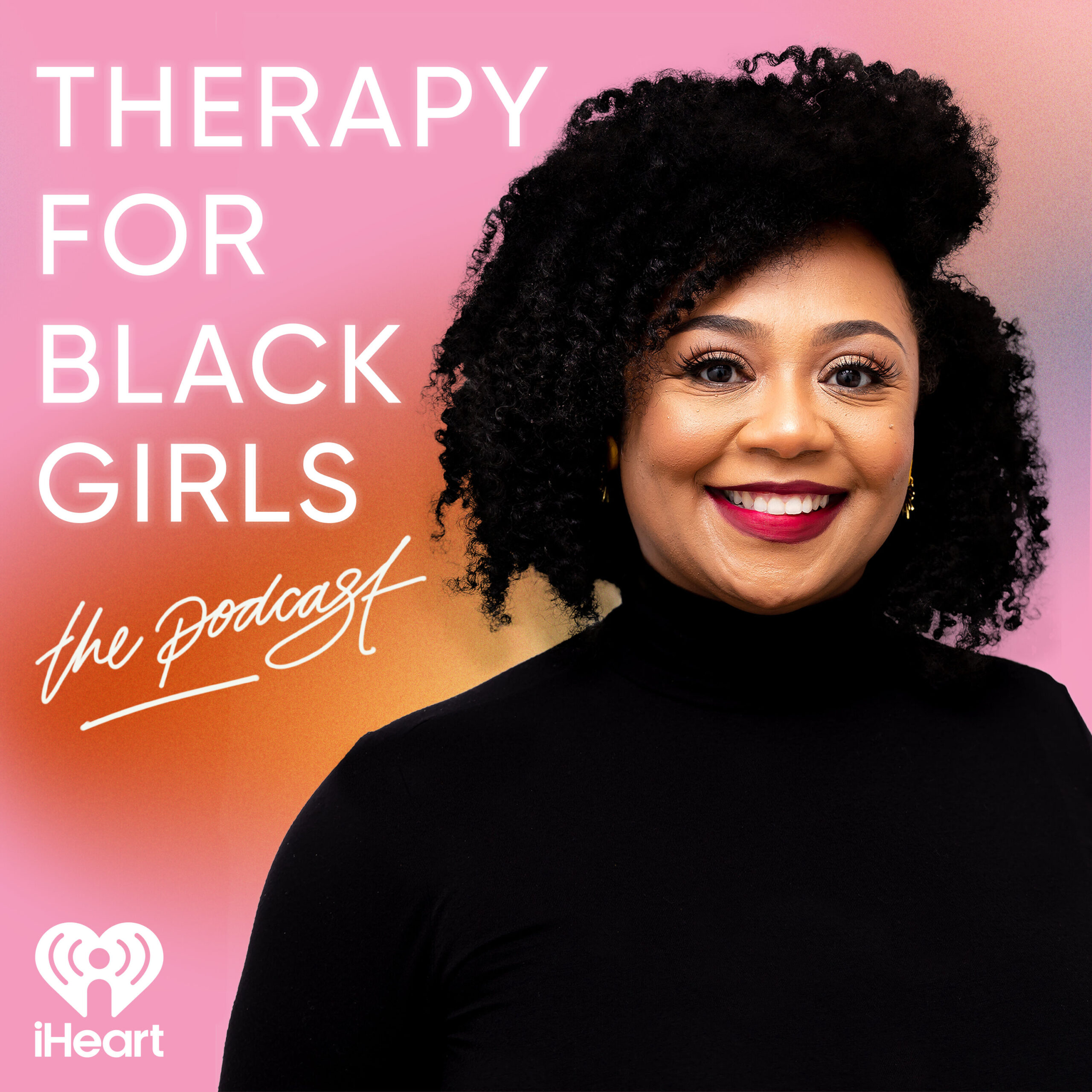I love exposure therapy because once you know how it works, it’s easy to do independently. But I wish I wrote this article as a companion piece to my other article, ‘Do I Have BDD? Making Enemies Out Of Mirrors‘ as it fits perfectly with today’s topic of mirror exposure for tackling body image issues.
Mirror Exposure: What Is Body Image?
When looking in the mirror, it can be easy to only see the wrinkles, bumps, and the fat being in all the wrong places (Emamzadeh, 2018). But what we see might not truly reflect reality. We all have an image based on how we perceive our bodies, which makes our body image a combination of how we think and feel about our bodies (Mental Health Foundation, n.d.) and, most annoyingly, how we think others perceive our bodies (YoungMinds, n.d.).
Our perception of our bodies doesn’t always reflect the reality of our bodies, and that can become a problem (Hosseini and Padhy, 2023). This means that in the general population, most, if not all, may have a body image that doesn’t quite reflect reality, but that’s fine. It only becomes a problem when our body image becomes heavily distorted, which can happen because of things like interactions with trolls or when we make comparisons (models in advertising).
Such problematic body image distortions can undermine our self-esteem, lower our mood, cause us to isolate, and lead to body dysmorphic disorder (BDD) or an eating disorder (Hosseini and Padhy, 2023). For example, a distorted body image is a significant characteristic of anorexia (Pelzer, Werthmann, Fleischhaker, Svaldi, and Taschen-Caffier, 2023).
What Is Mirror Exposure Therapy
Exposure therapy is a form of therapy where we confront our fears rather than avoid them (American Psychological Association, n.d.). This is done by being exposed to our fear, generally in increments of how much fear it triggers in us after creating a fear hierarchy. Starting with the least fear-inducing situation and working towards the most fear-causing one.
Mirror exposure works on the same principle but can be implemented in several ways. The only key difference between regular exposure and mirror exposure is the need for a mirror so we can look at ourselves in said mirror for long periods of time, repeatedly (Moreno-Domínguez, Rodríguez-Ruiz, Fernández-Santaella, Jansen, and Tuschen-Caffier, 2012).
A study by Moreno-Domínguez, Rodríguez-Ruiz, Fernández-Santaella, Jansen, and Tuschen-Caffier (2012) compared two body image treatments used in an inpatient anorexia programme. They found that the only effective treatment, which produced significant and sustained improvements in body dissatisfaction and reduced body anxiety and avoidance behaviours, was the treatment that included mirror exposure work.
When it comes to a therapy setting, an important part of mirror exposure therapy is to have exposure homework (Jansen et al., 2016). This is to continue the exposure work outside of the sessions, which will help with achieving recovery goals. This is also important when only short-term therapy is provided, as it’ll help us learn how to do this on our own.
How To Do Mirror Exposure Therapy
There is a lot of clinical support for the use of mirror exposure therapy in the treatment of body image issues (Walker, 2013). This is because it’s a valuable strategy both in therapy and as a form of self-help.
An example of a typical mirror exposure session comes from Pelzer, Werthmann, Fleischhaker, Svaldi, and Taschen-Caffier (2023), where someone would be in their underwear or bathing suit standing in front of double-winged door full-length mirrors. A therapist would be with them, but outside of their view.
The therapist would ask them to describe their body from head to toe as precisely as possible. During this stage, they can express their feelings and thoughts freely. Such sessions would last about an hour and would involve talking about the feelings that came up.
This approach is better known as guided non-judgmental mirror exposure therapy (Emamzadeh, 2018). The version of this that I’m most aware of is how the focus is on essentially trying to describe the human body to an alien who’s never seen a human before. Thus, it helps to describe the function of the body parts while doing this. This is a method I’ve used with clients before.
Another bog-standard version of mirror exposure therapy is to observe our bodies in the mirror, focusing on our various body parts for equal amounts of time while trying to be non-critical as we do (Luethcke, McDaniel, and Becker, 2011). This can be done with a list of body parts or areas we’d like to address.
According to Jansen et al. (2016), another way to do mirror exposure is to expose ourselves to the positive parts of our bodies (i.e. the parts of our body that we’re satisfied with). This is called positive exposure. Another way is to only expose ourselves to the parts of our body we find unattractive (negative exposure).
Both positive and negative exposure methods were used in the study by Jansen et al. (2016), where they found both approaches increased body satisfaction among body-dissatisfied female participants. It also lessened depressive symptoms.
Interestingly, the study showed that positive exposure saw positive feelings from start to finish, whereas those doing the negative exposure saw a worsening of their symptoms. However, by the end of the negative exposure sessions, their feelings had improved. It was also the negative version of mirror exposure that saw a significantly improved perception of their attractiveness towards their most hated body parts.
Thus, taking on a more uncomfortable mirror exposure approach led to better long-term results. Something I also found worked best for me with my exposure work for my agoraphobia, social anxiety, and psychosis.
However, one of the benefits of positive mirror exposure is that some people might not be able to tolerate looking at the parts of them that cause distress (Emamzadeh, 2018). Thus, this allows this form of intervention to still be used.
Moreno-Domínguez, Rodríguez-Ruiz, Fernández-Santaella, Jansen, and Tuschen-Caffier (2012) reported on a promising new mirror exposure plan using neutral language. In the study they were commenting on, the study was conducted using participants who were overweight and had binge eating disorder.
In this approach, a person comments on their physical appearance in detail but in neutral ways while looking in the mirror. They could also use a video recording of their body to do this. Doing this helped remove negative statements like, “I’m a fat blob”, resulting in improvements to their body satisfaction.
This is supported by Jansen, Bollen, Tuschen-Caffier, Roefs, Tanghe, and Braet (2008). They conducted a study on eight adolescent boys and eight adolescent girls who were classed as obese. The small pilot study was conducted to see if the use of neutral language in mirror exposure work would reduce body dissatisfaction and body anxiety in this age group. After six mirror exposure sessions of 50 minutes, they found that it did.
This was a rare study in that it had male participants, which was hard to find. I’m disappointed I couldn’t find others.
Another way to do mirror exposure might be to focus on just one or two body parts/areas during each session (Jansen et al., 2016), which is a method I’ve used with two clients of mine. Allow at least 20-30 minutes for this level of mirror exposure. A combination of methods could be used, such as neutral and/or honest comment.

Letting the thoughts run their course to start with before challenging them or making them neutral can be a good place to start. That way, we know where we’re starting from. But staring with neutral statements right out the gate is also fine. The choice between challenging the thoughts or leaving them alone, without suppressing them, is another way this could be done.
Another approach to mirror exposure is to use one of the methods I’ve already outlined, but add tracking of body image-related thoughts (negative and positive) before and after exposure sessions. This was done in a study by González-Sánchez, Jiménez-Cabello, Rodríguez-Ruíz, and Mata-Martín (2024), where they found positive effects regarding body dissatisfaction in the 26 obese female participants who took part.
Walker (2013) reports on the evidence supporting the importance of the duration of each exposure session, whether that be in therapy or at home. They commented on how several studies report that the duration of the exposure sessions is extremely important. This is because exposure sessions of less than 10 minutes mimic body checking, which is a common behaviour for people with body image issues and eating disorders. Thus, we need to have exposure sessions of longer than 10 minutes to allow for the initial rising discomfort to start to decrease.
Therefore, if we’re going to do mirror exposure at home as a form of self-help, then we need to factor in the duration of each session we have. This might make it harder to fit into our schedule, but it could be the difference between this being effective or harmful to us. Ideally, 40 minutes appears to be the best amount of time.
Tips For Using Mirror Exposure At Home
Challenge negative thoughts
By facing our perceived flaws, we can begin to challenge the distorted beliefs and negative thoughts associated with our distorted body image. There are two good ways to challenge our negative thoughts and feelings, and that’s by reframing or putting them on trial.
Reduce avoidance behaviour
Avoidance is a common coping mechanism when we’re not happy with how we look. The point of exposure therapy is to help overcome this avoidance and gradually reduce the anxiety it causes. But that doesn’t have to stop outside of sessions. Take other opportunities to stop avoiding ourselves, such as looking at ourselves in the mirror as we brush our teeth, rather than avoiding it.
Develop healthy coping skills
It can be helpful to develop healthy coping strategies that can be applied in real-world situations until we start to feel comfortable in our skin. Therefore, find some strategies that work for us, as there are a lot of options out there.
Different lighting conditions
Experiment with different lighting conditions with our mirror exposure plan. It could be better to start with a more forgiving light and work up towards a less forgiving light as we work through our exposure steps. I know my bedroom light is a soft light, whereas the light where I work is like a mini sun.
Summary
Mirror exposure therapy has been shown to be a valuable intervention when it comes to body image issues, body dysmorphic disorder (BDD), and eating disorders. There are also several ways mirror exposure therapy can be used, either on our own or with a therapist.
Make mirror exposure therapy work for you by choosing a version that works for you on an individual level. So if that means doing full-body mirror exposure therapy or focusing on one body part at a time in the mirror, then do that.
As always, leave your feedback in the comments section below. Also, please share your experiences with mirror exposure, exposure therapy in general, or body image issues in the comments section below. Don’t forget, if you want to stay up-to-date with my blog, you can sign up for my newsletter below. Alternatively, click the red bell icon in the bottom right corner to get push notifications for new articles.
Lastly, if you’d like to support my blog, please find the PayPal and Ko-fi donation payment options below. Until next time, Unwanted Life readers.
References
American Psychological Association. (n.d.). What is Exposure Therapy?. American Psychological Association. Retrieved from https://www.apa.org/ptsd-guideline/patients-and-families/exposure-therapy and https://www.apa.org/ptsd-guideline/patients-and-families/exposure-therapy.pdf.
Emamzadeh, A. (2018, December). Mirror exposure therapy may be an effective treatment for negative body image. Psychology Today. Retrieved from https://www.psychologytoday.com/gb/blog/finding-new-home/201812/what-is-mirror-exposure-therapy-and-does-it-work.
González-Sánchez, C., Jiménez-Cabello, J., Rodríguez-Ruíz, S., & Mata-Martín, J. L. (2024, March). “I’m Not Only a Body”: Change in Thoughts about the Body after Mirror Exposure Treatment in Women with Obesity—An Exploratory Study. Healthcare, 12(6). Retrieved from https://www.mdpi.com/2227-9032/12/6/624 and https://doi.org/10.3390/healthcare12060624.
Hosseini, S. A., & Padhy, R. K. (2023). Body image distortion (Archived). In StatPearls (Internet). StatPearls Publishing. Retrieved from https://www.ncbi.nlm.nih.gov/books/NBK546582.
Jansen, A., Bollen, D., Tuschen-Caffier, B., Roefs, A., Tanghe, A., & Braet, C. (2008). Mirror exposure reduces body dissatisfaction and anxiety in obese adolescents: A pilot study. Appetite, 51(1), 214-217. Retrieved from https://cris.maastrichtuniversity.nl/ws/portalfiles/portal/73260130/Jansen_2008_Mirror_exposure_reduces_body_dissatisfaction.pdf.
Jansen, A., Voorwinde, V., Hoebink, Y., Rekkers, M., Martijn, C., & Mulkens, S. (2016). Mirror exposure to increase body satisfaction: Should we guide the focus of attention towards positively or negatively evaluated body parts?. Journal of Behavior Therapy and Experimental Psychiatry, 50, 90-96. Retrieved from https://cris.maastrichtuniversity.nl/ws/portalfiles/portal/73222846/Mulkens_2016_Mirror_exposure_to_increase_body_satisfaction.pdf.
Luethcke, C. A., McDaniel, L., & Becker, C. B. (2011). A comparison of mindfulness, nonjudgmental, and cognitive dissonance-based approaches to mirror exposure. Body Image, 8(3), 251-258. Retrieved from https://doi.org/10.1016/j.bodyim.2011.03.006 and https://digitalcommons.trinity.edu/cgi/viewcontent.cgi?article=1012&context=psych_faculty.
Mental Health Foundation. (n.d.). Body image report: Introduction. Mental Health Foundation. Retrieved from https://www.mentalhealth.org.uk/our-work/research/body-image-how-we-think-and-feel-about-our-bodies/body-image-report-introduction.
Moreno-Domínguez, S., Rodríguez-Ruiz, S., Fernández-Santaella, M. C., Jansen, A., & Tuschen-Caffier, B. (2012). Pure versus guided mirror exposure to reduce body dissatisfaction: A preliminary study with university women. Body image, 9(2), 285-288. Retrieved from https://cris.maastrichtuniversity.nl/ws/portalfiles/portal/73260191/Jansen_2012_Pure_versus_guided_mirror_exposure.pdf.
Pelzer, M., Werthmann, J., Fleischhaker, C., Svaldi, J., & Tuschen-Caffier, B. (2023). Mirror Exposure Training for Adolescents With Anorexia Nervosa (MIRADAN): Cognitive Mechanisms of Body Disturbance – A Study Protocol. Clinical psychology in Europe, 5(4), e11277. Retrieved from https://doi.org/10.32872/cpe.11277, https://pmc.ncbi.nlm.nih.gov/articles/PMC10863679, and https://www.researchgate.net/publication/376770932_Mirror_exposure_training_for_adolescents_with_anorexia_nervosa_MIRADAN_Cognitive_mechanisms_of_body_disturbance_-_A_study_protocol.
Walker, D. C. (2013). An experimental manipulation of body checking and mirror exposure over time in men and women with high shape or weight concern. State University of New York at Albany Legacy Theses & Dissertations (2009-2024). 1037. Retrieved from https://scholarsarchive.library.albany.edu/cgi/viewcontent.cgi?article=2036&context=legacy-etd and https://scholarsarchive.library.albany.edu/legacy-etd/1037.
YoungMinds. (n.d.). Body image. YoungMinds. Retrieved from https://www.youngminds.org.uk/young-person/coping-with-life/body-image.









